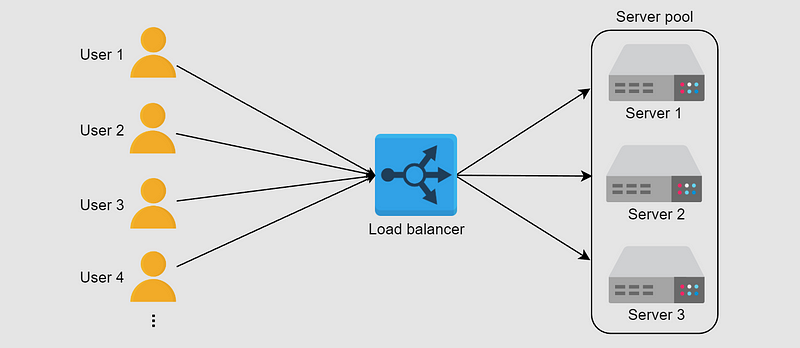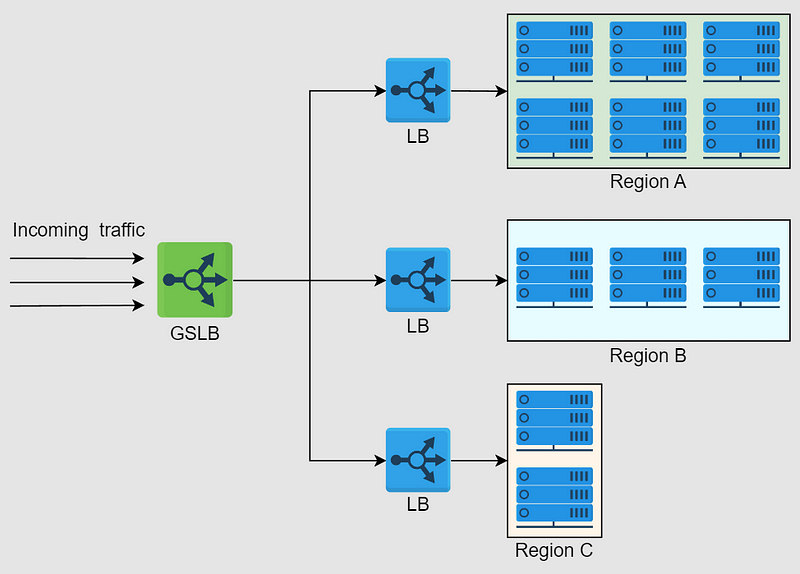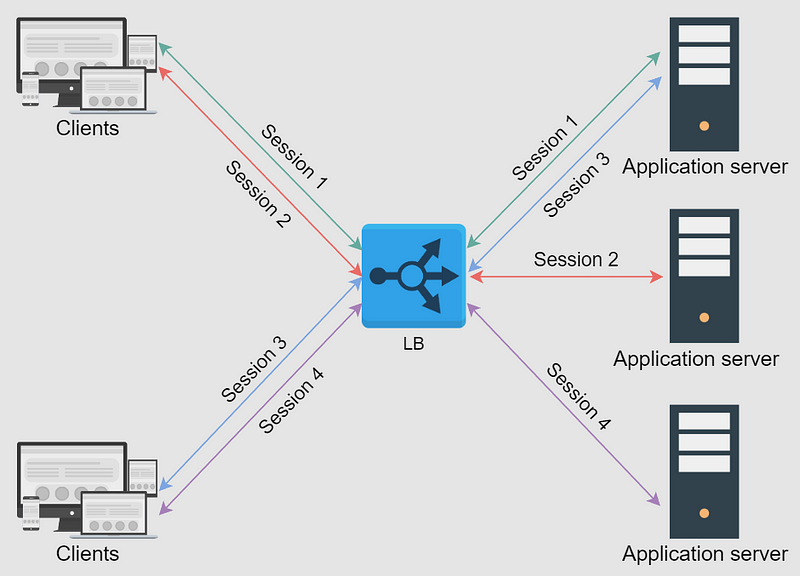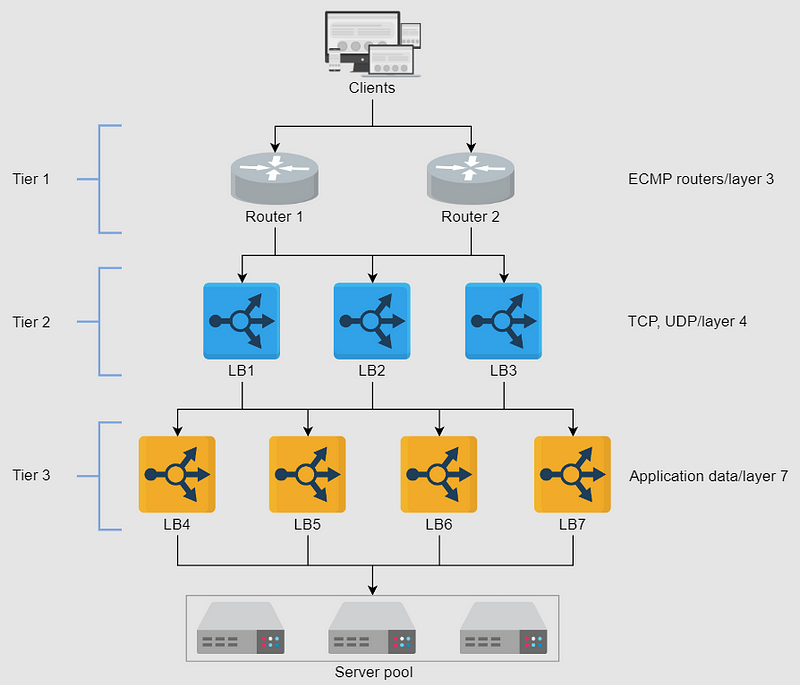Understanding Load Balancers: Essential Insights for Developers
Written on
Chapter 1: Introduction to Load Balancing
When building a widely-used web application, you're likely to encounter significant traffic, resulting in numerous requests from users. To handle this demand, scaling your solution typically involves adding more servers to process those incoming requests. A crucial component in this setup is a load balancer.
The primary function of a load balancer is to distribute client requests across a pool of servers, ensuring that none become overwhelmed or fail.

A load balancer generally acts as the first point of contact after a firewall within data centers. It should offer essential features such as:
- Scalability: The ability to automatically integrate new servers into the pool.
- Availability: Ensuring that any server downtime is hidden from users.
- Performance: Efficiently distributing loads to maximize server capacity and performance.
Load balancers are typically positioned between clients and servers of various types, including user clients and web servers, web servers and application servers, and application servers and database servers.

Certain load balancers come equipped with additional capabilities such as:
- Health Checking: Monitoring server reliability through heartbeat protocols.
- TLS Termination: Handling secure connections with clients.
- Predictive Analytics: Using traffic data to anticipate high loads.
- Service Discovery: Acting as a service registry.
- Security: Mitigating threats like Denial of Service (DoS) attacks.
Currently, there are two primary types of load balancing utilized in data centers and cloud environments:
- Global Server Load Balancing (GSLB): Distributes traffic across geographical regions.
- Local Load Balancing: Manages traffic distribution within a single data center.
Chapter 2: Global Server Load Balancing (GSLB)
GSLB intelligently redirects traffic to specific data centers based on various factors such as availability, geographic location, user registration, and session details.

In some instances, DNS servers may function as GSLB. A DNS response can provide a list of IP addresses in varied sequences, implementing a round-robin algorithm widely used by many DNS service providers. However, this method has its drawbacks, as DNS clients often cache information and may not recognize if any data centers are offline.
Local Load Balancers
Given the limitations of DNS, local load balancers have emerged. Installed within data centers, they act as reverse proxies, efficiently distributing incoming traffic to available servers.
Common Load Balancer Algorithms:
- Round-Robin: Sequentially redirects traffic.
- Weighted Round-Robin: Assigns different priorities to servers based on their capacities.
- Least Connections: Prefers servers with fewer active connections.
- Least Response Time: Prioritizes based on response time statistics.
- IP Hash: Assigns clients to specific servers based on their IP addresses.
- URL Hash: Ensures that requests for the same URL are directed to the same server.
Moreover, load balancers may exhibit programmable behavior, allowing them to adjust algorithms dynamically based on traffic patterns. They can also be classified as stateful or stateless, depending on their ability to track client session data.

Load Balancer Network Layer Types
Load balancing can occur at various levels of the OSI model:
- Layer 4: Operates based on transport protocols like UDP and TCP, lacking awareness of TLS.
- Layer 7: Accesses application layer data, such as HTTP headers and cookies, for more informed decision-making.
Deployment Topology
Load balancers are typically deployed in a tiered architecture.

- Tier-0 and Tier-1: Often involve DNS and equal-cost multipath (ECMP) routers, using round-robin algorithms.
- Tier-2: Operate at layer 4, ensuring consistent forwarding of connection packets.
- Tier-3: Function at layer 7, directly interfacing with end servers, utilizing health checks, and analytics.
Implementation Types
Load balancers can be categorized as follows:
- Hardware: Less flexible and typically more expensive.
- Software: Programmable, often featuring open-source options and additional functionalities.
- Cloud: Load balancers as a service (LBaaS), offered by cloud providers with comprehensive solutions for both global and local load balancing.
Summary
As we navigate the distributed era, the need for efficient traffic management across scaled servers has never been greater. Load balancers have become integral to modern architecture, making it essential for developers to grasp their fundamental concepts and common patterns.
I hope this overview has provided you with a clear understanding of load balancing essentials.
The first video titled "I Finally Understand Load Balancing" offers insights into the fundamentals of load balancing, making complex concepts accessible.
The second video titled "18. Load Balancer & Different Algorithms - System Design" dives deeper into various load balancing algorithms and their applications.